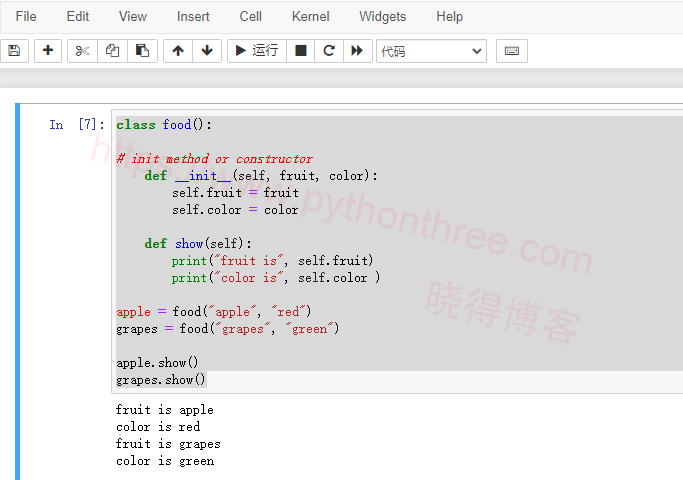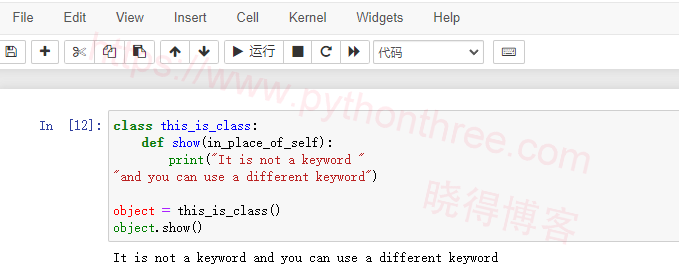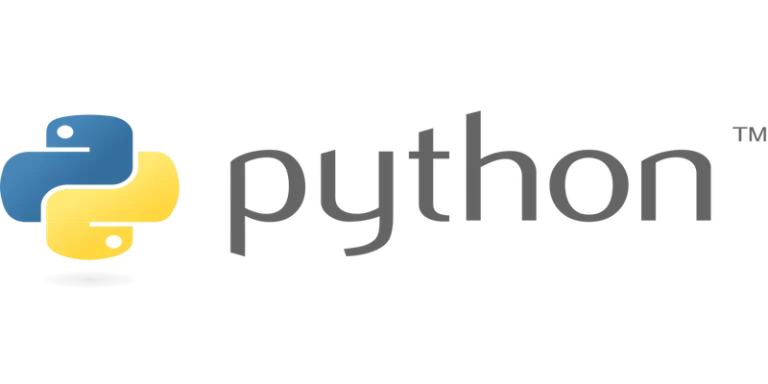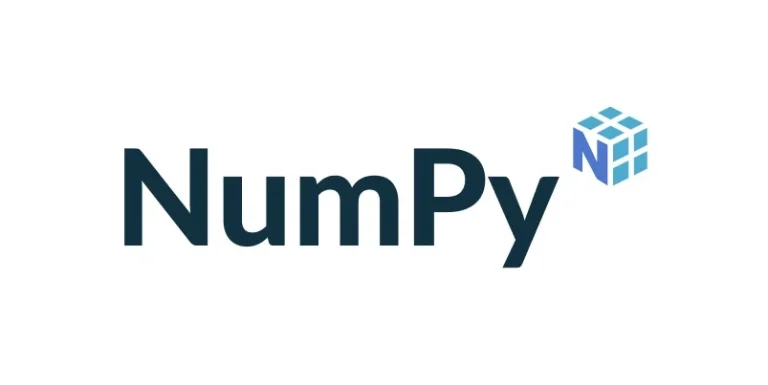Python中的Self
如果你正在使用Python,就无法逃避“ self ”这个词。它用于方法定义和变量初始化。每次我们定义一个方法时,都会显式地使用 self 方法。在本文中,我们晓得博客将为你介绍Python中的Self有什么用。
Python中的Self有什么用

self 用于表示类的实例。有了这个关键字,就可以在 python 中访问类的属性和方法。它使用给定的参数绑定属性。我们使用 self 的原因是 Python 不使用 ‘ @ ‘ 语法来引用实例属性。在 Python 中,我们有一些方法可以使实例自动传递,但不会自动接收。
class food():
# init method or constructor
def __init__(self, fruit, color):
self.fruit = fruit
self.color = color
def show(self):
print("fruit is", self.fruit)
print("color is", self.color )
apple = food("apple", "red")
grapes = food("grapes", "green")
apple.show()
grapes.show()
输出:
Fruit is apple
color is red
Fruit is grapes
color is greenPython类自构造函数
self 也用于引用类中的变量字段。让我们举个例子,看看它是如何工作的:
class Person:
# name made in constructor
def __init__(self, John):
self.name = John
def get_person_name(self):
return self.name在上面的例子中,self 指的是整个 Person 类的 name 变量。在这里,如果我们在方法中有一个变量,self 将不起作用。该变量仅在该方法运行时才存在,因此是该方法的本地变量。为了定义全局字段或整个类的变量,我们需要在类方法之外定义它们。
推荐:如何使用Python程序Pytube库下载YouTube视频
self 是关键字吗?

self 在不同的地方使用,通常被认为是关键字。但与 C++不同的是,self 在 Python 中不是关键字。self 是函数中的参数,用户可以使用不同的参数名称代替它。虽然建议使用 self,因为它增加了代码的可读性。
class this_is_class:
def show(in_place_of_self):
print("It is not a keyword "
"and you can use a different keyword")
object = this_is_class()
object.show()
输出:
It is not a keyword and you can use a different keyword总结
以上是晓得博客将为你介绍Python中的 Self 有什么用的全部内容,至此文章结束了,希望您了解 self 的用法以及它在 Python 中的工作方式,如有问题,欢迎联系我们。









